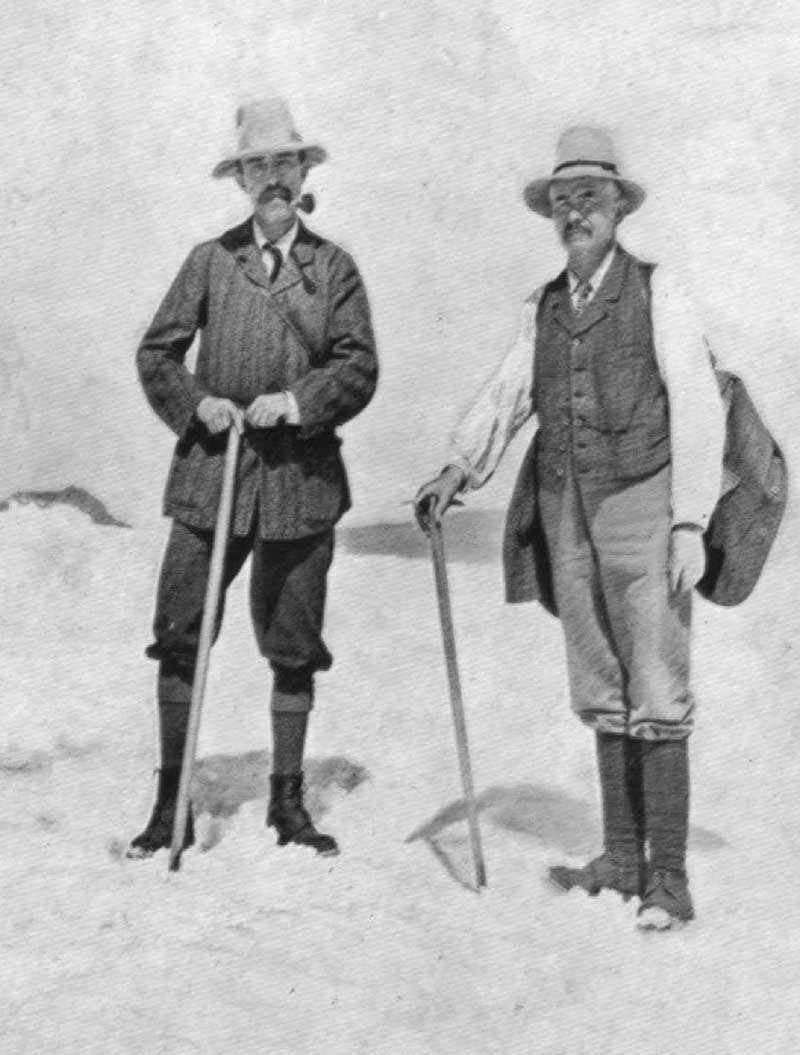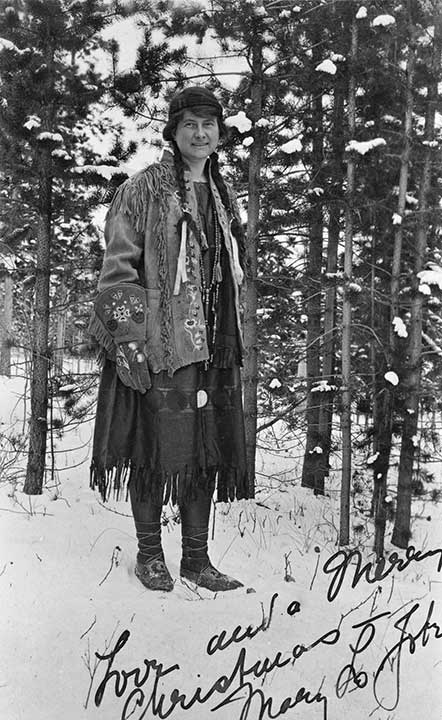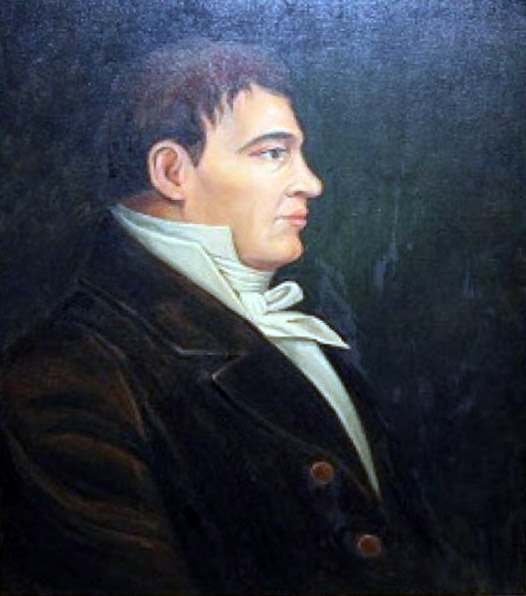
A. L. Mumm and guide Moritz Inderbinen. Mount Robson Camp on Snowbird Pass.
Photo by Frank W. Freeborn, 1913
Canadian Alpine Journal 1915
Arnold Louis Mumm [1859–1927]
b. 1859 — London, England
d. 1927 — Bay of Biscay, Atlantic Ocean
Mumm, a London publisher, first came to Canada in 1909, at the invitation of Alpine Club of Canada director Arthur Oliver Wheeler [1860–1945]. After attending the 1909 ACC camp at Lake O’Hara, Mumm, along with Leopold Charles Maurice Stennett Amery [1873–1955], Geoffrey Hastings [1860–1941], and Moritz Inderbinen [1856–1926], made an attempt on Mount Robson. On their way to the mountain, they met George R. B. Kinney [1872–1961], who reported that he and Donald “Curly” Phillips [1884–1938] had been successful on their own attempt (a claim later disputed). Mumm’s party, hobbled by difficulties of the route and lack of time, was not successful.
Mumm returned with British professor John Norman Collie [1859–1942] in July, 1910, when the Grand Trunk Pacific Railway’s steel had been laid as far as Wolf Creek, about one hundred miles east of theYellowhead Pass. The party spent some time about Mount Robson, but there was so much snow on the mountains and the weather was so stormy that climbing was out of the question, and they were able to ascend only some of the lesser peaks.
The next summer, 1911, Collie and Mumm made another trip, the first to go north of the Athabasca to explore and climb. They ascended the Stoney River, crossed a high pass to the Smoky River, then up Glacier Creek, which they ascended to Mount Bess.
In 1913 Mumm decided to climb Mount Geikie, which three years earlier, when on Yellowhead Mountain, he had seen rising far above its fellows. He was turned back by a storm. Mumm made many climbs in the Alps, Canada, Japan and New Zealand, in addition to accompanying Tom George Longstaff [1875–1964] to the Himalayas.
Sources of biographical information about Mumm:
- Wheeler, Arthur Oliver [1860–1945]. “A. L. Mumm — An Appreciation.” Canadian Alpine Journal, Vol. 16 (1927–1927):173-175
Mumm is the namesake of the following places in the Mount Robson region:
Events in the Mount Robson region in which Mumm was involved:
- 1906 ACC organized, Mount Robson attempt proposed
- 1909 English party at Robson
- 1909 ACC Camp – Lake O’Hara (guest)
- 1910 Mumm and Collie at Robson
- 1911 Collie and Mumm Mt Bess
- 1913 Mumm explores Whirlpool River, Athabasca Pass
- 1913 ACC Camp – Mount Robson
Works pertinent to the Mount Robson region of which Mumm was author or co-author:
- — “An attempt on Mount Robson.” Alpine Journal, Vol. 25 (1910–1911):90
- — “An expedition to Mount Robson.” Canadian Alpine Journal, Vol. 2, No. 2 (1910):10-20
- — “Mount Robson District. Mumm and Collie’s 1910 Journey.” Alpine Journal, Vol. 25 (1910–1911):466
- — “A trip up the Whirlpool River.” Alpine Journal, Vol. 28 (1914):355




